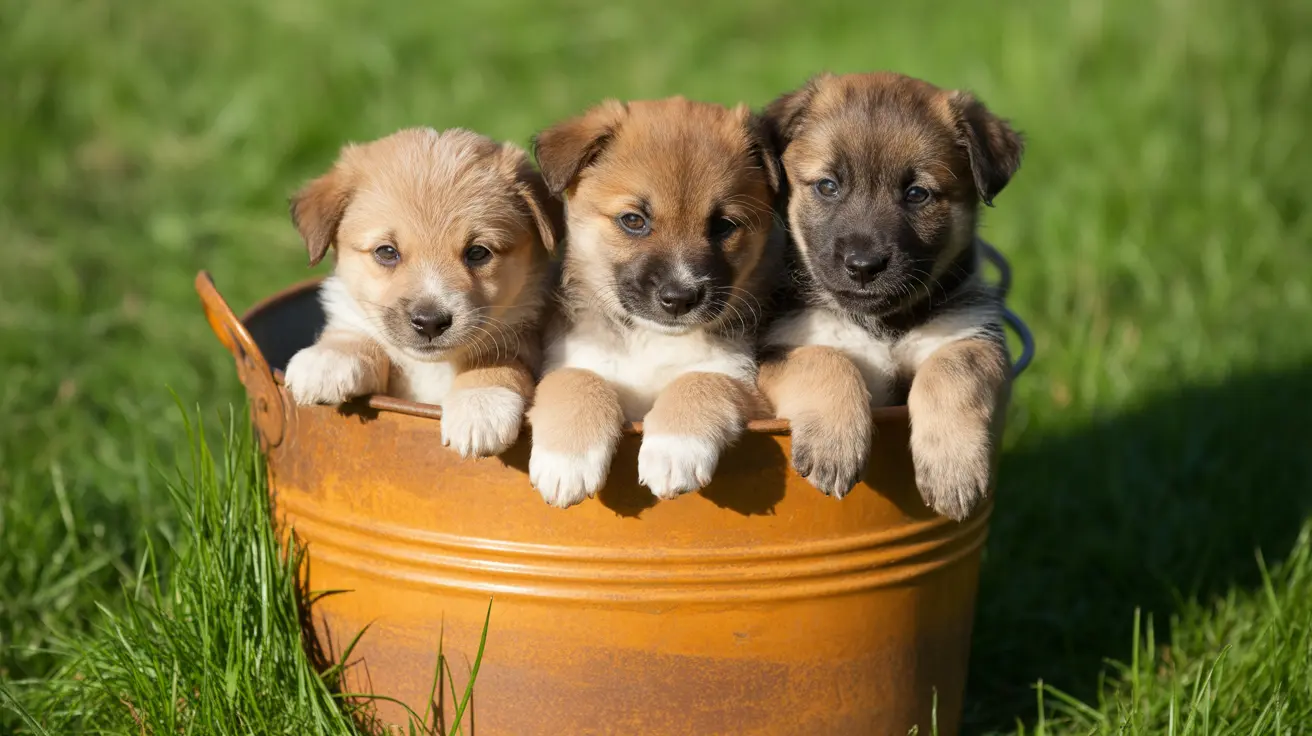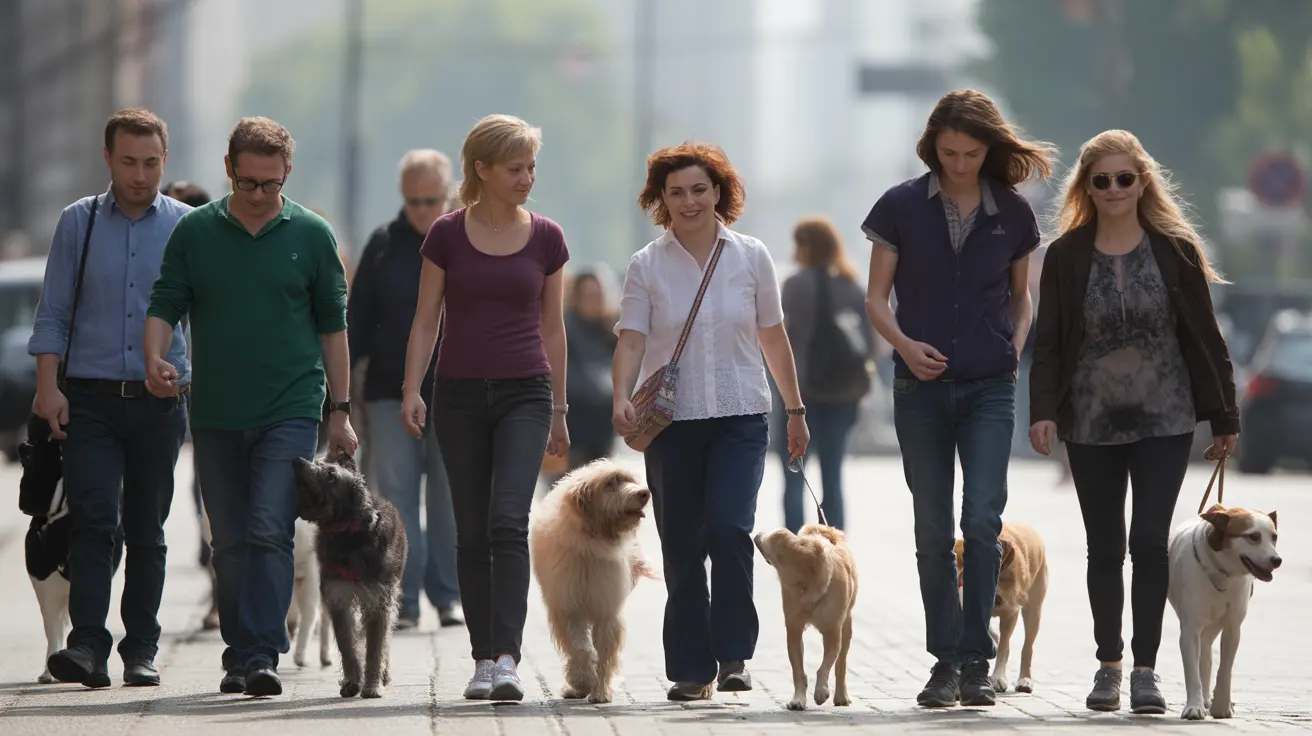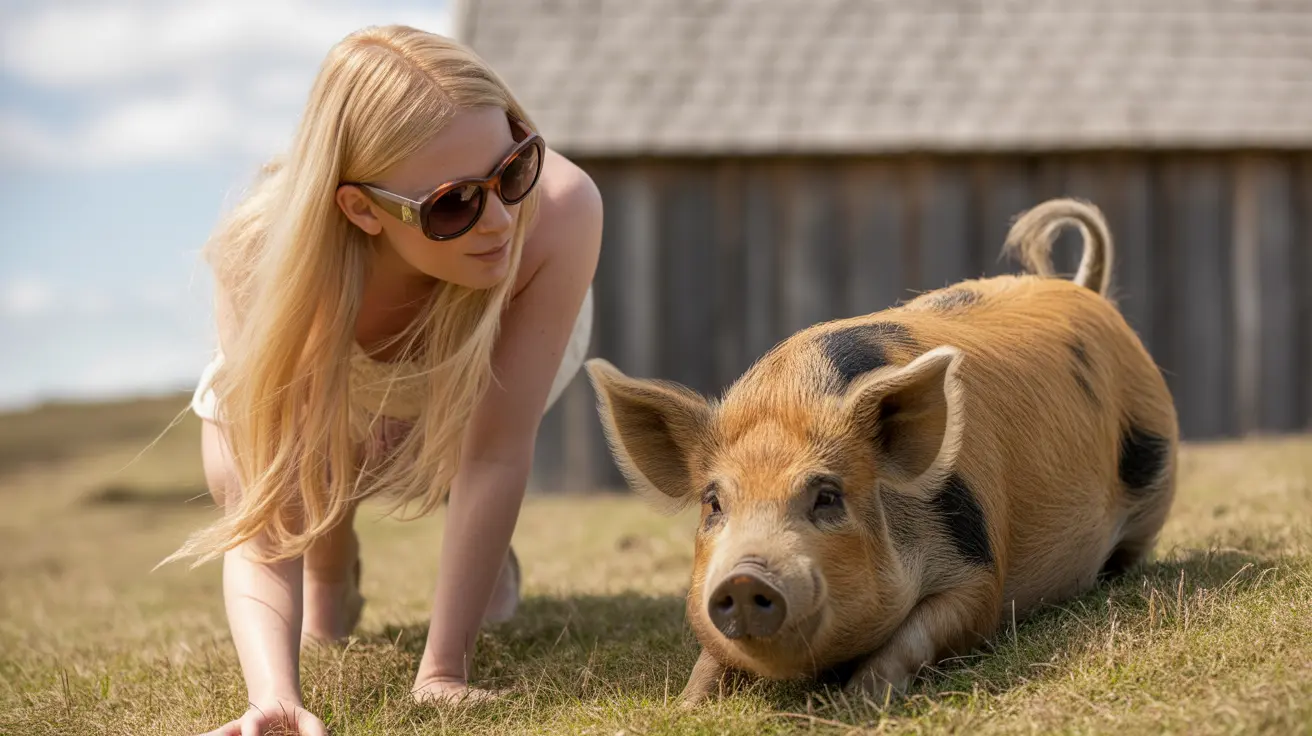Understanding What Causes Dandruff in Dogs
If you've noticed white flakes on your dog's coat—especially around the back near the tail—you're not alone. Dandruff in dogs is a common issue that can make both pets and their owners uncomfortable. Let's explore what leads to this flaky situation and how you can help your furry friend.
How Dog Skin Works
Your dog's skin has glands that produce sebum, an oily substance that keeps the skin hydrated and protected. When there's too much or too little sebum, dead skin cells can build up and flake off—what we recognize as dandruff. There are two main types:
- Dry dandruff (seborrhea sicca): Flakes are dry and often fall off easily.
- Oily dandruff (seborrhea): Flakes are greasy and may stick to fur.
Main Causes of Dog Dandruff
A variety of things can tip your dog's skin out of balance. Here are some of the most common culprits:
- Dry air: Especially during winter or when central heating runs constantly, indoor air can sap moisture from your dog's skin.
- Poor nutrition: Diets lacking essential fatty acids (like omega-3 and omega-6), vitamins, or minerals often show up as dull coats and flaky skin.
- External parasites: Cheyletiella mites—also called "Walking Dandruff"—can infest the skin, creating moving flakes. These mites easily spread to other pets.
- Bacterial or fungal infections: Skin infections sometimes cause or worsen dandruff and must be treated properly.
- Allergies: Environmental or food allergies often trigger itchiness and flakiness (sometimes with ear infections or red skin).
- Hormonal imbalances: Conditions like Cushing's disease or hypothyroidism mess with normal skin function, leading to persistent dandruff.
- Genetic factors: Some breeds are simply more prone due to inherited tendencies for seborrhea or abnormal skin cell turnover.
Symptoms That Go Along With Dandruff
Dandruff rarely appears alone. Watch for these signs that something more may be going on:
- Itchiness (lots of scratching, licking, biting)
- Irritated or red patches of skin
- An unusual odor from the coat
- Patches of hair loss
- Sores or scabs
If your dog seems unwell overall—lethargic, losing weight, acting differently—or if symptoms don't improve with basic care, it's time to see the vet.
The Role of Breed and Genetics
Certain breeds seem to get dandruff more often than others. Dogs with medium to long hair like Golden Retrievers, Cocker Spaniels, Yorkshire Terriers, Labrador Retrievers, Jack Russell Terriers, and Basset Hounds may have a genetic predisposition affecting how their skin renews itself. Still, any dog can develop dandruff under the right conditions.
Treating and Preventing Dog Dandruff
You can't always prevent every case of dandruff—but you can take steps to keep your dog's skin healthy:
- Groom regularly: Brushing helps remove flakes and spreads natural oils across the coat. Use a brush suited for your dog's fur type.
- Bathe carefully: Choose moisturizing shampoos made for dogs (oatmeal or aloe vera formulas work well). Don't over-bathe; too many baths strip away protective oils.
- Nourish from within: Feed a balanced diet rich in fatty acids, vitamins, and minerals. Ask your vet about supplements like fish oil if needed.
- Add moisture to the air: A humidifier helps especially during dry months when indoor heating is on full blast.
- Treat parasites promptly: Use vet-recommended preventatives against fleas, ticks, and mites; clean bedding thoroughly if there's an infestation.
- If allergies are suspected: Try to identify triggers (food ingredients or environmental factors) with help from your veterinarian; they might recommend special diets or medications.
- If infection is present: Medicated shampoos or prescription treatments may be necessary—never use human anti-dandruff products on dogs!
The Importance of Veterinary Care
Mild dandruff that's seasonal isn't usually serious. But persistent flakes—especially when combined with other symptoms—can signal deeper problems needing professional attention. Your vet might perform exams, run blood tests for hormone levels, check for parasites under a microscope, or suggest allergy testing based on your dog's history.
A Healthier Coat Awaits
A shiny coat starts with healthy skin. Regular grooming routines paired with good nutrition go a long way toward preventing most cases of dog dandruff. If you're ever unsure about what's causing those pesky flakes—or if home care doesn't help—don't hesitate to reach out to your veterinarian for guidance tailored to your pup's needs.





